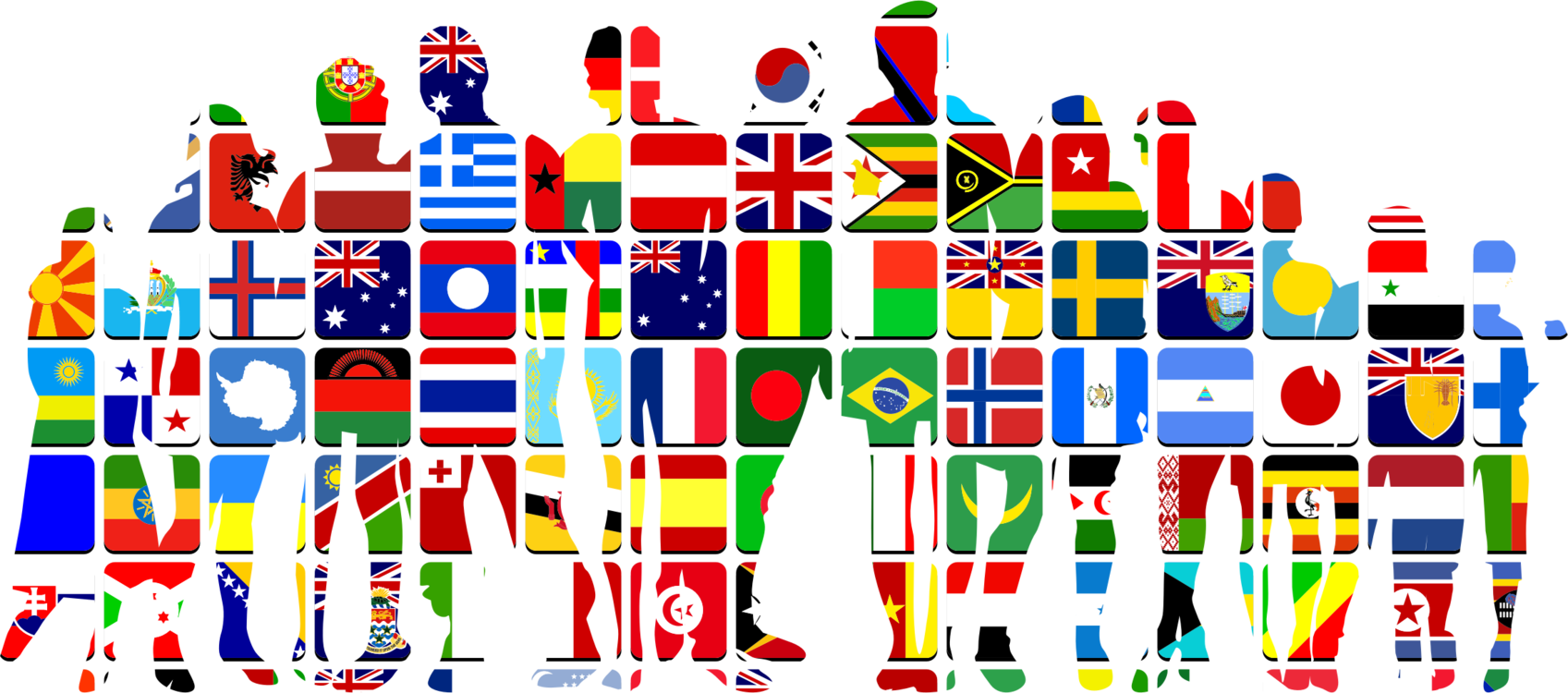
I grew up in the best place ever. My neighborhood was diverse, just like my family. We are Mexican, Puerto Rican, Black, and all American. I had no idea that I was different or that I was a minority. I believed that what we practiced in our home was the same as every other American. In my household we used words like “Tia” and “Tio” for aunt and uncle, and “Mama” and “Papi" for mom and dad. We celebrated the Fourth of July and Mexican Independence Day. We had Santa Clause at Christmas and celebrated the Day of the Three Kings on January 6th, as is customary in Mexico. Needless to say, I was surprised when I entered the workforce. I learned that I was different.
The diversity of cultures within our American workforce is unique. However, it must be managed in a culturally appropriate way. To put in perspective, Latinos (those of Cuban, Mexican, Puerto Rican, South or Central American descent) make up 17% of the US population, 70% of those Latinos are Mexican Americans, and the U.S. workforce consists of 16.2% Hispanics (people from Spanish speaking countries). Employers should take the time to create team building activities that integrate different cultures and explore cultural norms. To avoid failure, view cultural differences as strengths rather than weaknesses and avoid looking at your workforce through the same cultural lens. In this blog, I will discuss the Mexican worker’s cultural work customs and how they differ from the American’s customary work norms.
Before we begin to tackle how to incorporate different cultures into the company culture, we must take the time to understand the employees’ culture and work ethic, in this case, a Mexican employee.
- Family is traditionally the absolute priority and it is to an employer’s benefit to create a family-oriented workplace. According to Jose Grajeda from Tecma University, “A company that does not acknowledge and respect the centrally important role that the family plays in the overall well-being of its Mexican workers does so at its own peril.” The traditional culture is to bond with co-workers and interact on a more intimate level — something that is closely tied to the idea of “workplace family.” One example of ties to family in the Mexican culture is the customary affection greeting. Everyone greets each other with a hug and a kiss. Greeting affectionately creates a stronger sense of intimacy, mutual respect, and collaboration. Although greeting affectionately may not be acceptable behavior in today’s workplace, we must remember that Mexicans prefer to work with people whom they can build warm, friendly rapport and not those who are cold and impersonal.
- Workforce is typically younger. Young workers are hungry to learn and eager to impress, despite their relative lack of experience.
- Incredible work ethic. It is important to know the Mexican workday is “never ending.” Most employees work later than regular work hours without complaint. Culturally, one is expected to work hard and it is frown upon to leave on time.
- Communicate differently, and not just language barriers. Mexicans prefer to avoid communication altogether rather than have a negative conversation, and they may not be as open with their opinion due to cultural distaste for real or perceived confrontation. They are reluctant to question or even comment on a decision made by a supervisor out of respect for their position. Americans, who tend to equate directness with confidence and competence, need to be careful not to misjudge their Mexican colleague’s indirect communication style.
Finding the balance between different cultures in the workplace will help to create a friendlier work environment. Understanding communication styles and strategies for bridging the differences effectively is essential in building strong relationships. Valuing the difference between the two cultures is another key to motivating Mexican workers to perform to the best of their group and individual ability. Feeling empowered and included are benefits of being part of two cultures. Here are some suggestions to build supportive multicultural teams in your workforce:
- Sponsor team events outside of normal work hours to foster a family atmosphere at work.
- Consider implementing one-on-one feedback sessions where you take a more personal approach.
- Bridge the difference by reassuring your Mexican colleagues that they will not lose face in your eyes by owning up to mistakes or asking for help.
- Create cross-cultural team building exercises. Understanding the differences between workers from other cultures requires adjusting and learning from everyone.
- Harness the power of diversity. When organizations understand and value diversity, they are better positioned to solve problems creatively.
People thrive and gain the utmost confidence in their abilities when they can integrate family, work, and school life. When cultural knowledge is valued at work it can provide an individual with tangible benefits such as how to communicate and interact effectively. Learning Spanish (or other languages) shows respect and value for the culture. Hispanics hold on to substantial elements of their culture and family devalued at work puts the individual at a disadvantage.
Cross-cultural competence requires us to lower our defenses, take risks and practice behaviors that may feel unfamiliar and uncomfortable. This is required to have an engaged and productive workforce. No matter what race you are or what your last name is, it is about making and feeling the connection.
How engaged are your Spanish speaking employees? Let’s connect and learn how we can collaborate to engage and empower your team.




